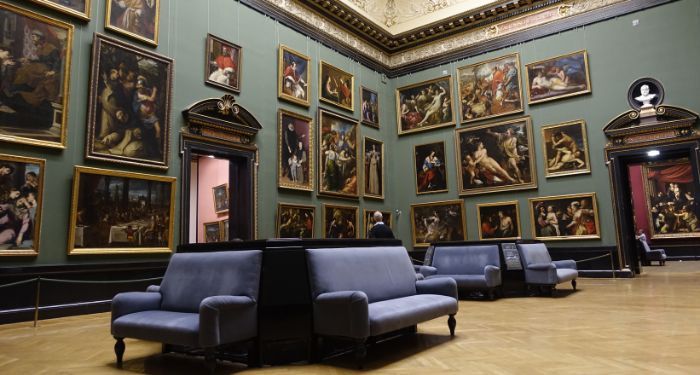
Quiz: Design a Museum and Get a Historical Comic Rec
While Americans tend to equate comics with superheroes, graphic novels come in just as many flavors as prose books do. They can even be useful in teaching readers about history they may have missed in school, as Carina Pereira has written. This quiz is designed to help history lovers find the comics that best cater to their historical interests.
Obviously, I could only include so many comics in this quiz, so first I had to establish some ground rules for what I would and would not include. First, I decided to stick with nonfiction comics. There are plenty of great historical fiction comics out there — books like Salt Magic or Superman Smashes the Klan — but this quiz is for nonfiction recs only.
Second, I tried to avoid the really famous titles. Maus and Persepolis are the gold standards when it comes to historical comics, and you should absolutely read them if you haven’t, but I wanted to spotlight books that maybe haven’t gotten as much publicity. This is also why I excluded comics written by celebrities, like March and They Called Us Enemy, which got a boost from their famous co-authors.
I also tried to be as diverse as possible in terms of time periods, settings, and the creators’ backgrounds. This meant cutting a lot of really interesting comics about American history, including Kent State: Four Dead in Ohio and Redbone: The True Story of a Native American Rock Band. Otherwise, the whole quiz would focus on one country while excluding fascinating stories from and/or based in other nations.
Why does this quiz focus on museums, you ask? Because they keep history alive. Just like these comics. So let’s get learning right now — or, if you want to skip the quiz and just get some great recs, keep a-scrolling and pick out the comics you want to read on your own.
Wake: The Hidden History of Women-Led Slave Revolts by Rebecca Hall and Hugo Martínez
Author Rebecca Hall explores her family history, including her enslaved ancestors who rebelled against their kidnappers and oppressors.
Grass by Keum Suk Gendry-Kim (Translated by Janet Hong)
This emotional book tells the story of one Korean woman — one of many — forced into sexual slavery by Japanese soldiers during World War II.
Soviet Daughter: A Graphic Revolution by Julia Alekseyeva
Author and illustrator Julia Alekseyeva tells the story of her great-grandmother’s eventful life in Soviet Ukraine and Julia’s own self-discovery in America.
The Battle of Churubusco by Andrea Ferraris (Translated by Jamie Richards)
This Italian comic tells the story of the San Patricios: European immigrants who joined the American army but then defected to fight for Mexico during the Mexican-American War.
Radium Girls by Cy
In the 1910s, a group of young female factory workers, sickened by the radium they use in their work, fight to hold their employer responsible.










